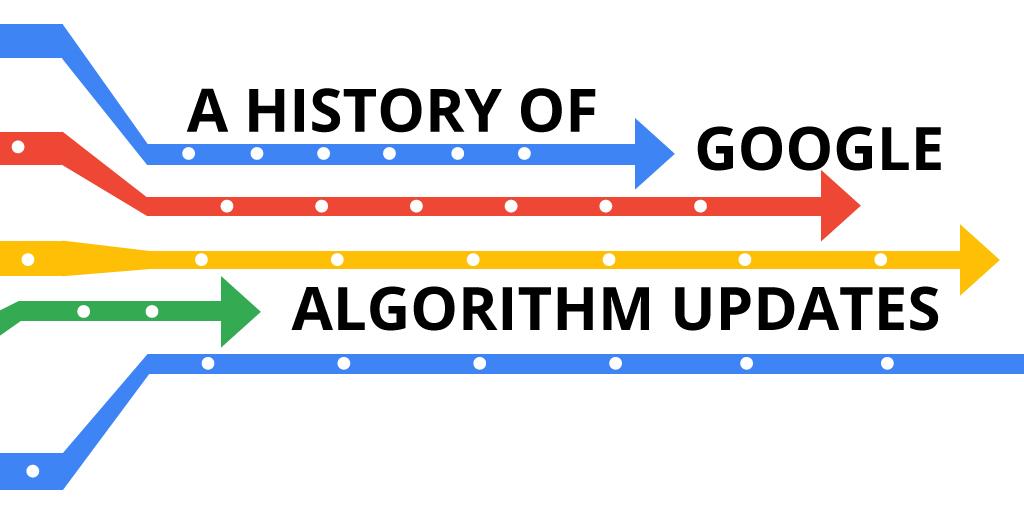
If you have recently started an online business, then chances are you have wondered how to achieve a prominent position in Google. Maybe you have implemented tactics like blogging or gone through the effort of doing some SEO hoping to stay ahead of Google Updates, or perhaps you are like some who simply hope and pray that the Google algorithm gods will shine favorability upon them. Possibly you are in the pessimistic camp, thinking that Google is just going to shift their algorithms eventually, so why even try? If you are in any of these camps, then keep reading.
Before we start, let’s be clear-fear shouldn’t be holding you back from marketing your business online. Even with the frequency of change, your prominence in the search engines is still one of the most effective ways to exponentially grow your business.
In this blog post, you will discover how the last few years of Google algorithms have affected search. This post will also outline what you should be focusing on to avoid being affected by both recent and future algorithm updates.
List to the audio version:
Google’s Algorithm is a Mystery
– Or is it??
Google always lets you know what it wants you to do to rank higher. When you understand that, it is easy not to get into any trouble. To better understand what an algorithm update might possibly demand in future, lets first have a look at a little history of Google’s algorithm updates. These are some of the most drastic algorithm updates of the last few years.
Google Panda Algorithm Update
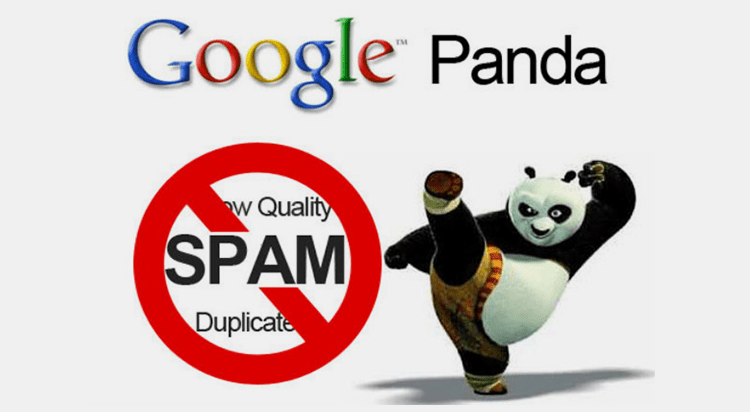
— February 23, 2011
People still talk about this update a lot. Panda hit some sites really hard by targeting thin content. Sites that were content farms and sites that had a large ad to content ratio were among those most affected. There was a time when a website with thin content (300 words or less) was not that big of a deal, but when the Panda algorithm update rolled out in 2011, that all changed.
Google Penguin Algorithm Update
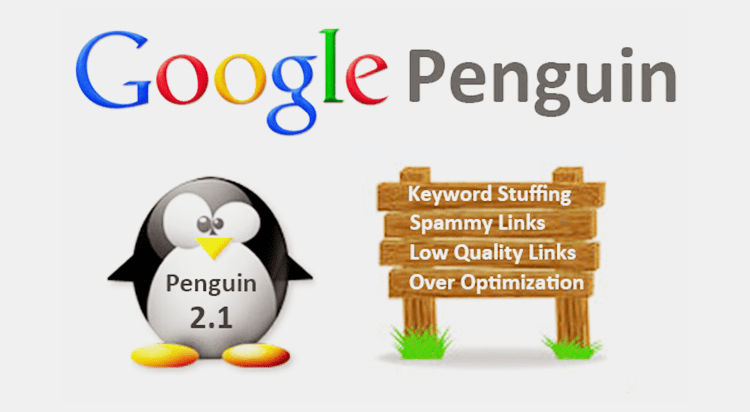
— April 24, 2012
Then came 2012 and yet another animal named algorithm update, the Google Penguin update. This was another major update that targeted websites that were guilty of using keyword stuffing and over optimization to rank higher in search results. People were stuffing keywords over and over again into their article in order to try to trick the search engines, but Google got wise to that.
Google Hummingbird Algorithm Update
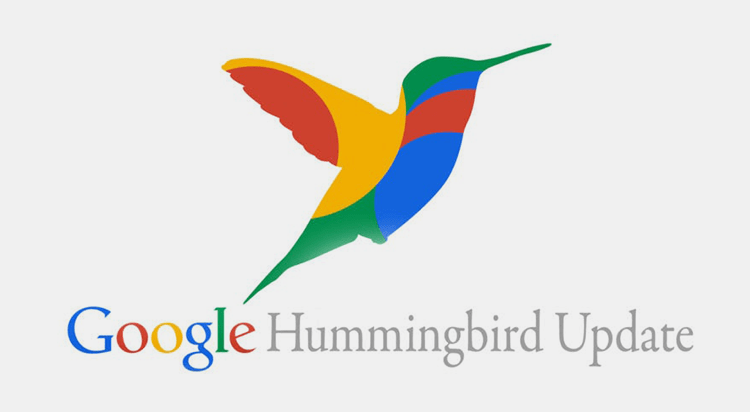
— August 20, 2013
This introduced the dawn of semantic search. The search engine algorithms got more intelligent and started to understand the semantic links between different yet related terms. For example, the search engines would parse a page’s text and see terms like dog, poodle, leash, pet toys, etc. and work out the general context of this page and rank it accordingly for multiple relevant terms. This change also improved Google ability to decipher user intent in contrast to specific keyword search terms.
Google HTTPS/SSL Update Algorithm Update

— August 6, 2014
In 2014, a year after introducing semantic search results, Google started focusing more on SSL certificates. Since then, this has gone from a should have to a must have if you want to remain compliant, competitive, and secure online.
Google Pirate 2.0 Algorithm Update — October 21, 2014

This algorithm update was Google’s move to combat digital piracy. This mostly affected websites and blogs that were violating general copyright or who were guilty of plagiarizing content from other sites. Such sites took a major hit in the rankings.
Google Mobile Algorithm Update AKA “Mobilegeddon”
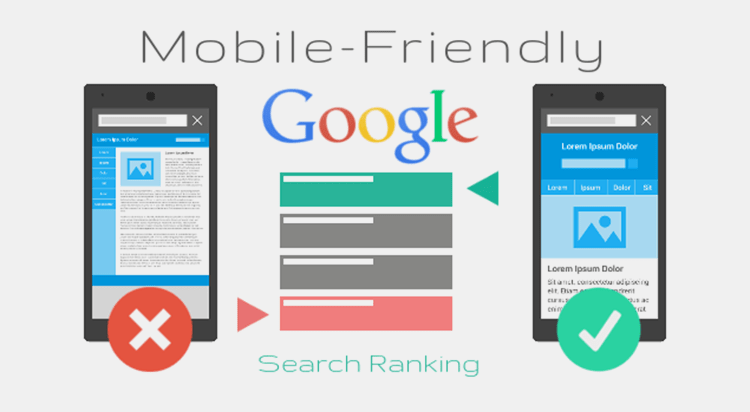
— April 22, 2015
This update often coined Mobilegeddon introduced a shift in the rankings for site owners whose design architecture was (or was not) mobile friendly. Webmasters and programmers who adhered to mobile design best practices would now be given ranking preference over non-mobile responsive websites.
Google RankBrain Algorithm Update
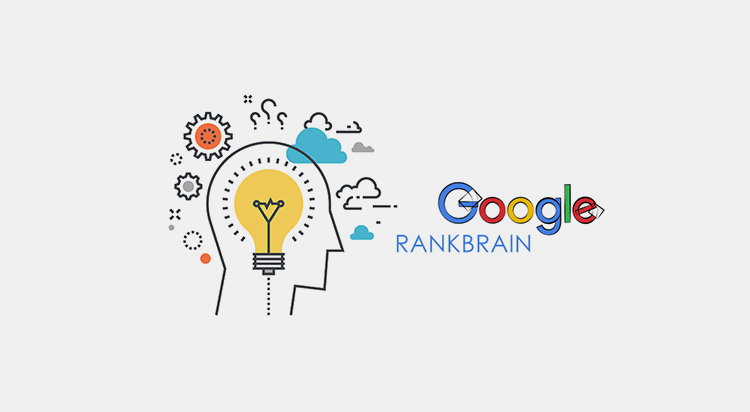
— October 26, 2015
Another major update was the Rankbrain update. In this update, Google started monitoring how users interacted with a website. The technology behind this update uses AI to determine how an aggregate set user signals impacts a website and then ranks the site accordingly.
Google Snippet Length Increase Algorithm Update
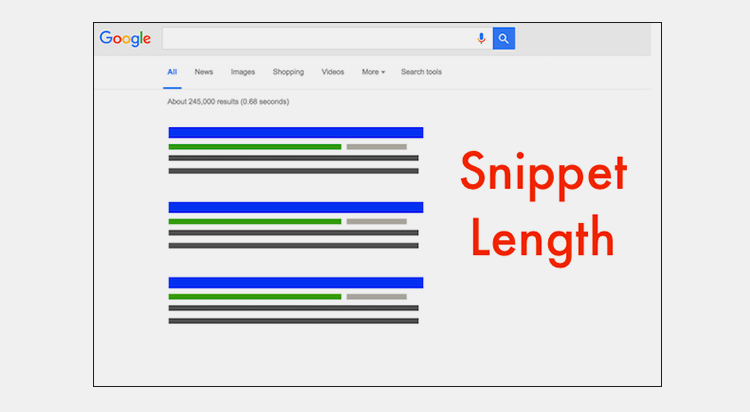
— November 30, 2017
In 2017 we saw the snippet length increased on the search result pages. For some, this raised concerns about the possibility of decreased click-through rates in the search results, but these fears were short-lived and eventually were proved to be fairly irrelevant.
Google Mobile-First Index Algorithm Update
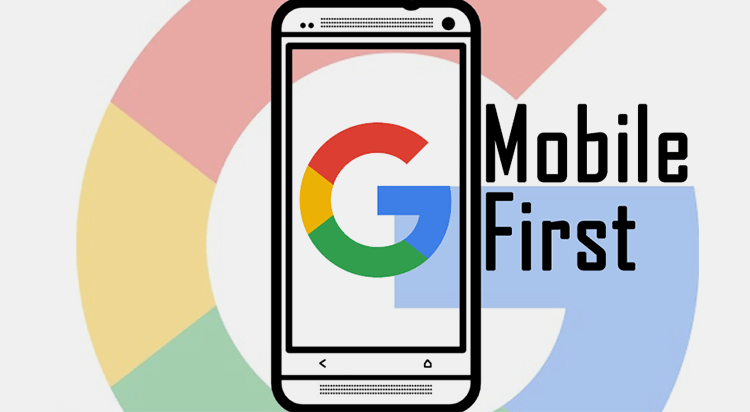
— March 26, 2018
The mobile first index is an update that shifted Google’s web crawl priority from the desktop to mobile. In theory if your site has a responsive design, then you should not see much of an effect, however, this update also should be a signal that it’s time to pay more attention to your website’s mobile experience.
Google Medic Algorithm Update
— August 1, 2018
While this update was global, it seemed to most affect your money or your life (YMYL) websites, sites that pertain to someone’s health, happiness, safety or finances. It makes sense. If you are looking for symptoms of a heart attack, Google is going to serve you better if they provide results for the nearest heart specialist instead of sending you to a blog post about how smelling peppermint is good for your heart. Google wants to make sure that the info coming from these types of sites are derived from an authoritative source.
June 2019 Core Updated & Diversity Update
June 3, 2019 / June 6, 2019
Google pre-announces its June 2019 core update. This was one of the few times where they pre-announced a change in their algorithms. For many, the update had a smaller impact than the Medic update but some brands such as a well know European publisher got hit hard. On the tail of the June 2019 core update, Google also pre-announced what is being referred to as the site diversity updated. The updated is said to restrict the number of listings a singe domain could receive in the search listings.
Tracking Google’s Algorithm Updates
What’s With All the Changes Anyway?
It can start to feel a little defeating when the algorithms just keep changing. It’s almost like being bullied in a subtle way. Like Google is purposefully trying to keep you from sitting at the SEO experts’ cool table.
Just keep in mind it’s all for the good of the user, which in turn means the good for your customer. Remember, there’s a point to Google’s madness. They want users to find fast, relevant content for every one of their searches.
So how the heck are you supposed to know what’s going on? Get in the know with these five smart ways to track Google algorithm updates.
#1 Google Webmaster Central Blog
Kind of obvious, but not for everyone. The Google Webmaster Central blog can be a bit too detailed and lead to confusion. Sometimes it’s better to look for people who have already read through it, get it, and can regurgitate it in a more user friendly manner. However, if you consider yourself pretty savvy, and not even overly savvy, this might be the perfect resource for 100% truth and clarify what’s going on.
#2 SEO Experts
If you find you are going crazy trying to follow along with Google, instead you can try keeping up with changes by following some of the industry experts that closely follow and analyze the changes. Many of them make their living off of knowing what’s going on, so they work hard to make sure they stand out in the SEO community.
These guys are geeks extraordinaire who love this stuff and love letting you know how smart they are. Whether it’s through a blog, tweets or newsletters, here’s a solid list of SEO smarty pants:
- Google dudes like Danny Sullivan @dannysullivan or @searchliaison and John Mueller @JohnMu.
- Barry Schwartz @rustybrick regularly reports on Google updates at Search Engine Roundtable but sometimes you’ve got to sort through the mist to get to the point.
- Marie Haynes @Marie_Haynes shares info and insights about updates both on Twitter and her blog.
- Glenn Gabe @glenngabe watches for disturbances and reports them on Twitter and GSQi blog.
- Moz Blog: These guys are SEO kings and will provide as much info as you need on all things SEO and Google based.
- Convince & Convert: Just being in the content business means you should be paying attention to these guys.
Don’t be afraid to do your owen homework. It’s the best way to learn and keep up with not just Google algorithms but buzz in the industry that could affect your marketing strategy.
#3 Confirm Rumors
It’s easy to get nervous when you hear murmurings about new updates. It can be tempting to jump on the rumor bandwagon without checking to see if the rumors are true. It might seem you’re in on things when you bite at every whisper that Google has “done it again”. But avoid temptation and head back to tip #1 to get confirmation from the horse’s mouth. This will save a lot of time and aggravation. Once confirmed, you can then head on down to tip #2 and look for insight on how to manage the new challenges.
#4 Are You Missing Something?
Make sure you take advantage of tools (or services) to look for signs you are already on the downward spiral thanks to the latest sneaky Google updates:
- MozCast
- SEMrush Sensor
- Rank Ranger Rank Risk Index Tool
- Accuranker ‘Grump’ Rating
- Algoroo
- Advanced Web Rankings Google Algorithm Changes
- Panguin Tool
- CognitiveSEO Signals
Often tracking changes can be the first clue something has changed. If you don’t have the time or inclination to track this on your own, work with an SEO company who has experience helping businesses recover from a Google update.
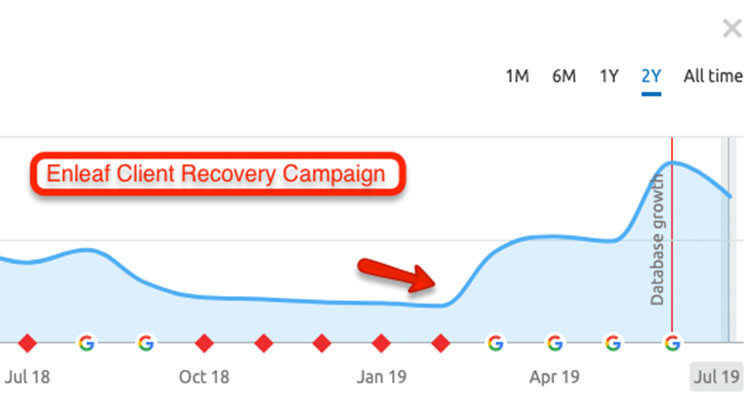
Here is what we did for one client who got hit by and update.
From there you can investigate to see if there were in fact any algorithm updates and be ahead of the game to start changing your SEO strategy if need be.
#5 Change and Monitor
Part of following updates is testing your theory on how to overcome them. When you find new info about SEO, check your tracking tools just in case you missed something. If you are seeing dips and signs of SEO malaise, choose one area of your site to test new SEO theories. This way you can:
- Confirm the updates have taken place and
- Confirm your theories on overcoming the new algorithms work
Now that we have covered how to track Google Updates, let’s discuss some of the more proactive tactics you can implement to ensure you stay ahead of the changes.
How to build credibility to rank high in Google’s search algorithm
Even with all these constant algorithm changes, there are still plenty of ways to rank highly in Google. A lot of this can be broken down to creating valuable content that attracts and engages an audience.
In years past, Google’s algorithm updates were focused around weeding out spammy or low-quality sites. These days there is a greater emphasis on user experience. Ultimately Google’s goal is to provide users with the best search experience and the most reliable information.
Improve your Rich Snippet
Google updates have shown a trend where the use of AI is becoming more of a norm. It’s not just Google, but others have taken to this trend as well. You have Siri by Apple, Cortana by Windows, and Alexa by Amazon all helping them reduce the human-machine gap to provide better search results. The way Google is doing that is via rich snippets. Perhaps you have seen these in the search results?

These snippets aim to provide the most value to the user in the least amount of time, and they are also becoming cross-compatible with both traditional search and voice search.
In 2018, winning the snippet is the key. If you give the best possible answer to a search query question and its offered in the most precise manner, chances are you are going to rank highly. For more info, on implementing Rich Snippets we suggest you check out the article titled The Beginner’s Guide to Rich Snippets
Make Video Content
Video content is ranking and higher these days. People will continue to read as they have been doing so for thousands of years, but to rank in the search results you may want to factor video into your strategy. If you are promoting yourself, your business or anything for that matter, make sure to include some video content that is useful and covers the user search intent. If you are not doing this already, now is the time. Get on this train before it leaves you in the dust.
Have the Best User Experience
Google has started to focus on prioritizing pages based on user experience, and they utilize their Rankbrain AI software to do this. In order for you to benefits from this technology, it’s important that you have a good user experience that keeps visitors on your page engaged. Your page needs to be answering a searcher’s specific search query question or resolving a searchers problem quickly enough to keep them engaged. If users don’t find an answer or solution in the first few paragraphs, they are sure to bounce off to another website that can more efficiently answer their question.
Another major thing to do is format your post to be scalable and easy to read. People don’t usually read an entire post. In fact, on average only about 20% of a total blog post is ever read. So a better content experience leads to better behavioral patterns from users and these patterns are factored into your websites overall rankings.
Page Speed
Page speed has been a part of the ranking scenario for a while now. Look into AMP (accelerated mobile pages) if you have not already and try to integrate it into your website if you can. As more and more people use mobile devices to search on Google, having a mobile-optimized website and other mobile signals are becoming more and more important. Also, don’t forget about page speed. Google offers a PageSpeed Insight tool (https://developers.google.com/speed/pagespeed/insights/) that helps to diagnose issues that are slowing your website down. Make sure your load time is faster than the competition, and you should see some positive benefits.
Get Around the Google Algorithm Update
While it used to be strictly an internal document, Google has now released a 200-page long guide that pretty much outlines everything you need to know to save yourself from any algorithmic penalties.
This document was initially leaked by an anonymous Google employee but has since been freely offered by Google to the public. It provides a line by line overview of the factors Google staff members evaluate when deciding if a site should be penalized or not. It has just about everything you need to know in order to make a better website. You can get the PDF here.
Google Search Algorithm Updates
Google continuously updates their algorithms. It is working to improve these day by day. So, if you think you can trick Google, you are only increasing your chances of getting penalized tomorrow.
Staying ahead of Google’s Algorithm updates
To stay ahead of Google’s algorithm, educate yourself on best practices. Go for user-friendly content, make sure the intent is clear, have good page speed, start utilizing video, and start implementing and improving rich snippets. All of these factors combined are sure to improve the quality signals of your site, and your rankings and traffic will benefit as a result.
Last of all, keep up-to date with the algorithm changes. These algorithms keep updating, so be sure to keep educating yourself on Google’s updates. Moz.com has a Google Algorithm change history page dedicated to this.

